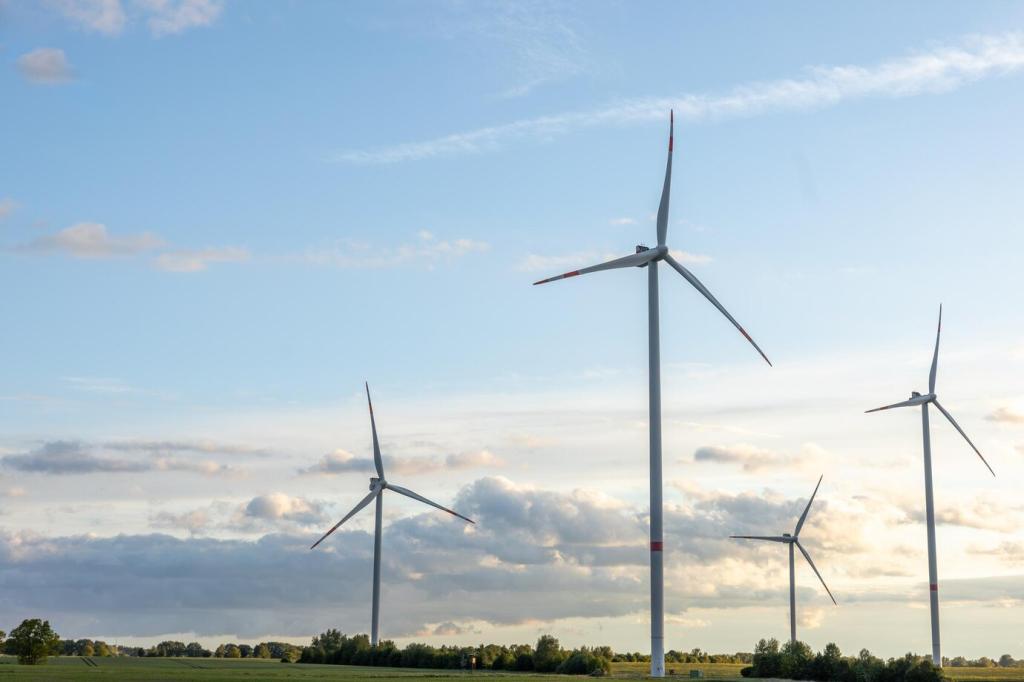High-Performance Envelopes and Materials
Electrochromic glazing, operable screens, and external shading adapt to shifting sun angles without sacrificing views. Advanced airtight membranes and insulated frames stop leaks that rob comfort. Which window strategy made the biggest difference in your building—low-e coatings, shading geometry, or both?
High-Performance Envelopes and Materials
Vegetated roofs insulate, retain stormwater, and cut peak temperatures, while high-albedo surfaces reflect solar radiation. Together, they shrink cooling loads and boost urban biodiversity. Have you measured roof surface temperatures before and after retrofits? Share your data to inspire actionable change citywide.







